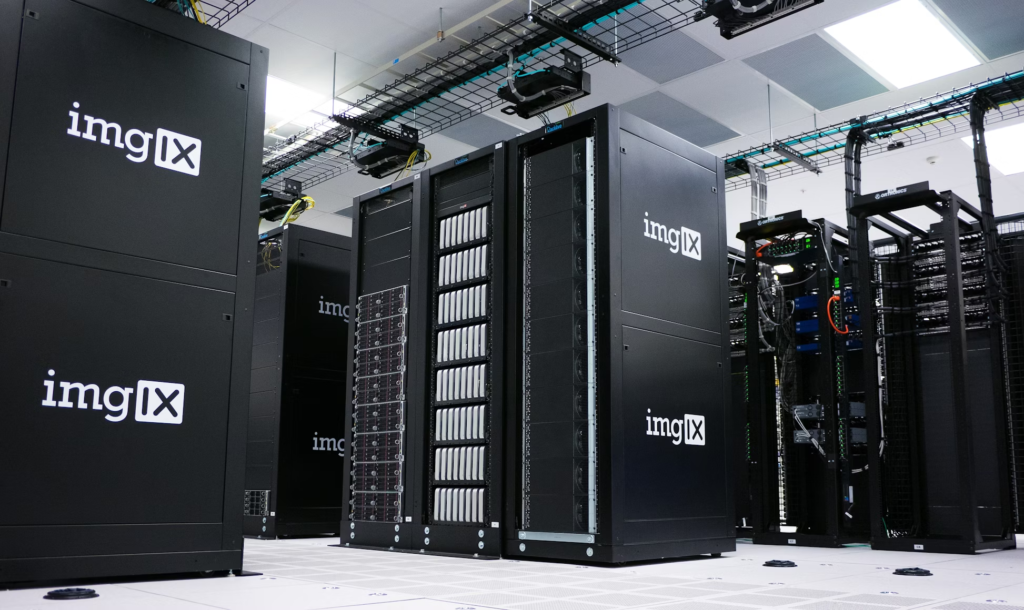It is state-of-the-art for modern software development to increasingly take advantage of the cloud. Companies seek flexibility, high availability, and cost-effectiveness, which cloud technologies enable. Presently, most new products are being developed with a focus on cloud infrastructure, while many existing solutions migrate to the cloud very actively.
Why has cloud computing become the standard? It’s not just about saving resources. It is also the ability to scale without any additional cost, adapt quickly to changing market requirements and ensure that applications run smoothly. Cloud platforms offer ready-to-use tools that simplify infrastructure management, accelerate deployment and make software support less costly.
In this article from Celadonsoft, we will look at the key solutions for cloud software development: from platform choice to automation tools, talk about popular architectural approaches and compare key MVP development cloud services. This text is useful both for those who just took the first step in the cloud and for people already working with cloud technologies but striving to optimize their development processes.

Benefits of Cloud-Based Software Development
1. Saving Resources and Reducing Costs
One of the main advantages of cloud solutions is the possibility of significant savings on infrastructure. Traditional ways of organizing servers and data centers require a large initial investment in equipment and maintenance.
Cloud payment is usually based on a “pay-as-you-go” model, which means you pay only for what you use. This allows for flexible cost management, especially for start-ups and small teams that need to minimize start-up costs.
2. Scalability and Flexibility
Cloud platforms provide scalability that cannot be achieved with local servers. If your application needs more computing power or storage space, you can do it in a few clicks. In case of increasing system load, cloud services can automatically expand resources to ensure uninterrupted operation.
The flexibility of cloud solutions also allows you to quickly adapt your application to new environments, whether it’s increasing user numbers or integrating with additional services. Unlike traditional solutions, where such changes require significant time and financial costs, in the cloud, the processes of scaling and adaptation are almost instantaneous.
3. High Availability and Reliability
Cloud software development provide high availability and seamless application operation by distributing data and resources across different regions and data centers. This means the failure of a single server or one region cannot put the application to a serious, grinding halt. SLA from cloud providers makes the assurance about availability, often at a very high threshold above 99.9 percent.

Key Cloud Platforms: A Comparison of Capabilities
In the cloud world, there are several leading players providing solutions for developers ranging from basic computing capabilities to advanced machine learning and analytics tools.
AWS
AWS represents a leading cloud solution and probably the most scalable and flexible among all platforms that exist in the market today. The organization offers more than 200 distinct services for an enormous scope of developer requirements.
Main features of AWS:
- Scalability: AWS provides flexibility in configuring and scaling applications based on load. This is especially crucial for startups and large enterprises that need to move fast.
- Multilanguage Support: AWS supports all popular languages, from Python, Java, and JavaScript to Ruby, and many more.
- DevOps Tools: AWS offers continuous integration/deployment automation to quicken up application deployment with minimum code errors.
- Innovative solutions: Includes services such as AWS Lambda (serverless computing), Amazon S3 (cloud storage) and integration with AWS AI/ML solutions.
Microsoft Azure
Microsoft Azure is another powerful cloud platform that benefits from its integration with existing corporate solutions such as Windows Server, Active Directory and Microsoft SQL Server.
The main features of Azure:
- Integration with corporate systems: For enterprises using Microsoft systems, Azure offers seamless integration with their internal applications, which greatly simplifies cloud migration.
- Flexibility in languages and technologies: among all, Azure supports not just Microsoft solutions-for example,.NET-but also very popular open source ones like Linux, Java, Node.js.
- AI and analytics: Azure provides a full set of data offerings, including Azure Machine Learning and Azure Cognitive Services, which make it easy to infuse cloud applications with AI.
- Management and Security Tools: Variety of tools available on the platform for monitoring, security, and management make Azure suitable even for large-scale enterprise purposes.

Google Cloud Platform (GCP)
It has very high-quality data products and machine learning, providing good suitability for startups and research projects on the Google Cloud Platform.
Key features of GCP:
- Data analysis tools: GCP offers solutions like BigQuery that allow you to process large amounts of data quickly and efficiently.
- Machine learning: Google has a wealth of experience in artificial intelligence, and the platform provides solutions such as TensorFlow, AutoML and AI Platform, making GCP the ideal choice for projects using AI/ML.
- Strong infrastructure: Google uses its own data centers and networks, providing excellent performance and low latency.
- Containerization and Kubernetes: GCP actively supports containerization and offers integration with Kubernetes, a key tool for automating application deployment and scaling.
What to Choose?
The choice between AWS, Azure and GCP depends on your specific project requirements:
- If your project requires high API flexibility and scalability, as well as a wide range of tools for different needs — AWS is the perfect choice.
- For organizations that already use Microsoft solutions and are focused on integration with corporate infrastructure, Azure will be the most convenient platform.
- For projects focusing on big data or machine learning, as well as innovation-oriented startups, GCP will offer the best opportunities.
Each platform has its own characteristics and advantages, and the choice depends on the goals that are facing your project.
Approaches to cloud application development
Cloud software development requires new virtualization approaches that allow for the efficient use of cloud platform capabilities. In this part of the article we will consider three most popular approaches: microservice architecture, serverless computing and containerization.
1. Microservice Architecture
Microservices is an architectural paradigm that separates applications into discrete services, each of which performs a specific purpose. This approach provides several key benefits:
- Design and scaling flexibility: each service can be designed and scaled independently, making it easy to support large applications.
- Independence of the commands: The commands can work on individual services without having to coordinate with other commands, which speeds up the development process.
- Stability: failure of one service does not affect the operation of others, which improves the overall stability of the application.
Microservices are ideal for cloud development because cloud platforms provide all the tools you need to deploy and manage them. For example, services on AWS such as AWS Lambda and Amazon ECS allow you to easily manage microservices, while Kubernetes on GCP helps with container orchestration.
2. Serverless Computation
Serverless is basically a model where the developer can just focus on the application’s logic, not on deploying or managing servers. In this approach, the calculations are “hidden” for services that automatically scale up depending on the load.
- Cost minimization: you pay only for the use of resources, not for the server’s uptime, which allows saving on infrastructure.
- Automatic scaling: Servers are automatically scaled based on the number of requests, making it easier to manage applications with variable load.
- Easy to deploy: no virtual machine or container management is required for the start, just configure the function (for example, through AWS Lambda or Azure Functions).
This approach is ideal for AC projects or start-ups where it is important to quickly test ideas without unnecessary infrastructure complexity.

3. Containerization
Containerization means the packaging of an application together with all its dependencies into one container that runs anywhere, be it on systems that have container support. Among such containerization tools, Docker happens to be the most sought after. In cloud development, containers become an integral part of the infrastructure.
- Portability: Containers ensure that the application will work equally on different platforms and circles.
- Dependency management: All application dependencies are inside the container, which eliminates conflicts with other applications on the same platform.
- Flexibility in deployment: Containers are easily integrated with orchestration systems such as Kubernetes, which allow automatic scaling and management of containers.
Containerization allows you to efficiently deploy and manage applications in the cloud, especially on large and complex systems where it is influential to respond quickly to changes and maintain high availability.
Summing Up
Moving to cloud solutions is not just a technical task, but a strategic solution that can significantly improve the efficiency of your business. We recommend doing this step by step, using proven tools and approaches, and not forgetting the importance of security and automation.
